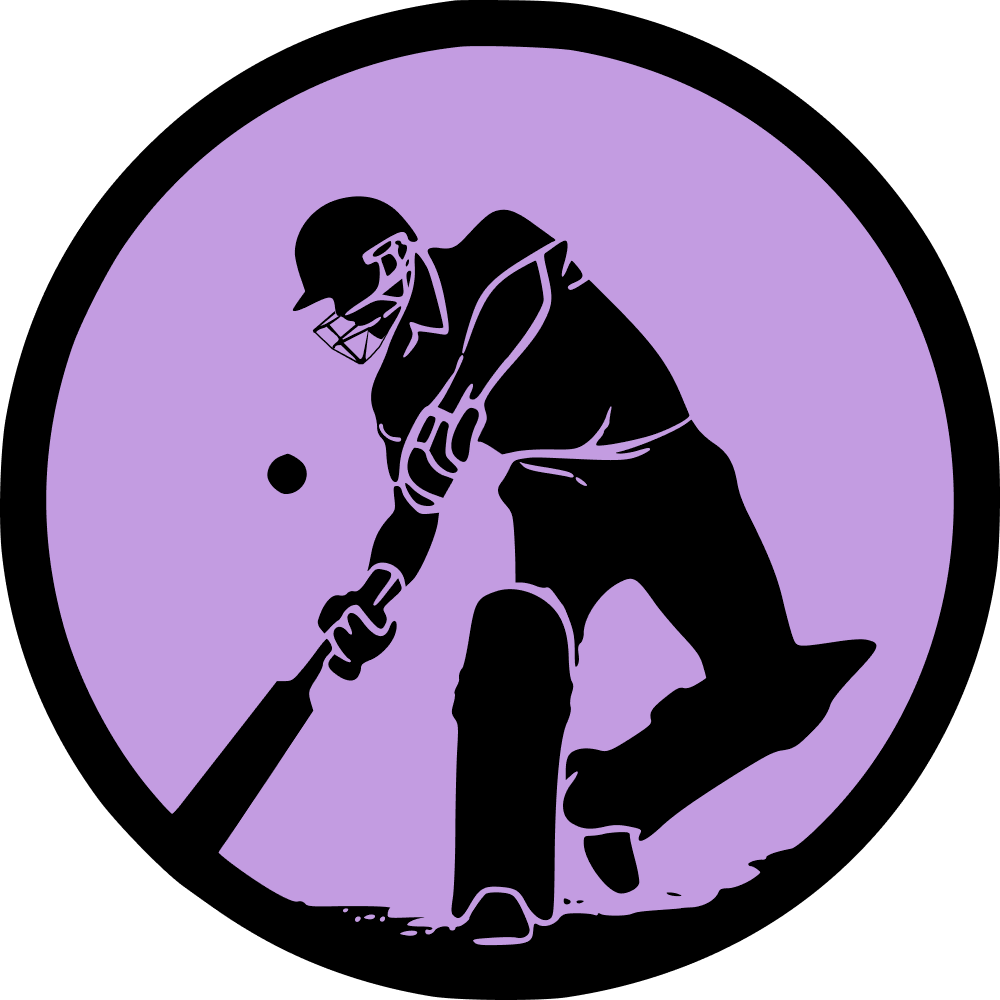Dr Shah pointed out the crucial role of design and material innovation in enhancing the accessibility and sustainability of cricket as a sport. He noted that the cricket industry, being a well-established cottage industry, has traditionally been resistant to innovation due to conservative attitudes and a preference for traditional materials.
The production of these multi-component cricket gear items heavily relies on manual craftsmanship. For instance, it can take a skilled worker an entire day to craft two pairs of cricket gloves. However, this time-intensive craftsmanship is facing a growing threat in the UK, with the traditional craft of cricket ball-making already extinct. Through the Design Accelerator project, Dr Shah aims to preserve the skillset of stitching and sewing cricket gear within the UK by training a workforce capable of manufacturing, repairing, and refurbishing prototype batting pads.
The ultimate objective of the project is to revive cricket gear manufacturing in the UK by reducing dependence on imports and utilising locally sourced materials. This aligns with the increasing trend of embracing repair and sustainability, as more individuals strive for a more environmentally conscious future.

Vegan Materials
Beth Taylor, an MEng graduate in 2023, conducted initial research on sustainable biomaterials as alternatives to leather for cricket balls and gloves. She referred to the British Standards to establish the desired parameters.
Beth conducted a comprehensive review of companies currently researching suitable materials and conducted tests on some of these materials in the Department of Engineering and the Department of Chemistry. The tests included evaluating tensile strength, abrasion resistance, stretchability, seam strength, and water absorption.
The project examined five material groups: abaca banana leaf fibres, tree bark fibres, reconstituted proteins from waste fish, pineapple leaf fibres, and bovine leather (trademarked by the industry). The key properties considered were thickness, tensile strength, stretchability, abrasion resistance, and water interaction.
The results indicated that although some of the alternative leathers showed promise, such as abaca banana leaf fibres coming close to matching the strength of ball leather but lacking sufficient extensibility, none of them performed as well as bovine leather in cricket gear applications.
One of the recommendations for future work is to encourage collaboration between cricket gear manufacturers, academics, and biotechnology companies to expedite progress in this field.

Batting pads for the future
The circular batting pad prototypes created as part of the Design Accelerator project are planned to undergo technical testing by professional players. Additionally, there will be a collaboration with a social enterprise to establish a new production model in the UK. This model aims to minimise environmental impact and address social inequalities. As part of this initiative, a volunteer workforce will be trained to manufacture, repair, and refurbish batting pads.

